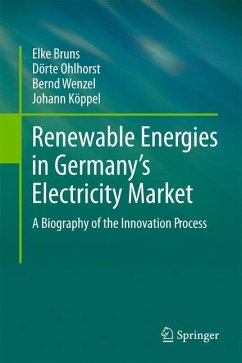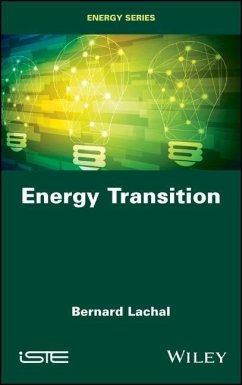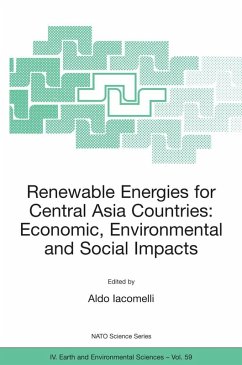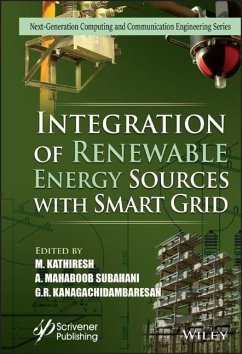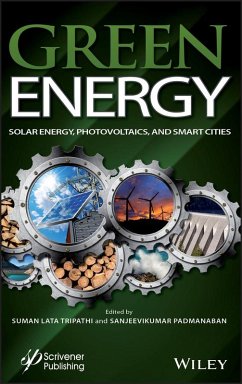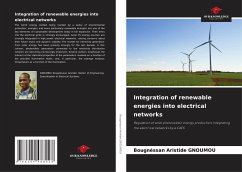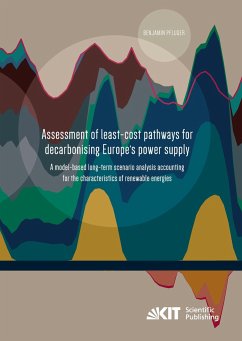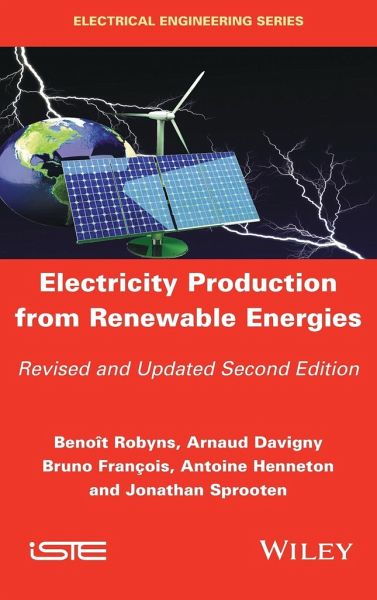
Electricity Production from Renewable Energies
Versandkostenfrei!
Versandfertig in über 4 Wochen
159,99 €
inkl. MwSt.
Weitere Ausgaben:

PAYBACK Punkte
80 °P sammeln!
Since the early 2000s, energy and environmental issues have led to a marked increase in electricity production from renewable energy sources. Sustainable development and concern for future generations constantly challenge us to develop new technologies for energy production, as well as new energy usage patterns. Their rapid emergence can make these new technologies difficult to understand and can thus affect perceptions.Directed towards a broad audience, this book contributes to a better understanding of new electricity generation technologies. It presents the issues, sources and means of conv...
Since the early 2000s, energy and environmental issues have led to a marked increase in electricity production from renewable energy sources. Sustainable development and concern for future generations constantly challenge us to develop new technologies for energy production, as well as new energy usage patterns. Their rapid emergence can make these new technologies difficult to understand and can thus affect perceptions.
Directed towards a broad audience, this book contributes to a better understanding of new electricity generation technologies. It presents the issues, sources and means of conversion using a general approach, while developing scientific concepts to understand their main technical characteristics.
This revised and extended second edition presents current data characterizing the development of these renewable energy sources, covering emerging photovoltaic and tidal technologies, offshore wind power, and recent developments on the integration of these sources into the electricity grid. The emergence of self-production and self-consumption is also addressed. In addition, several exercises provide the reader with an opportunity to evaluate their understanding.
Directed towards a broad audience, this book contributes to a better understanding of new electricity generation technologies. It presents the issues, sources and means of conversion using a general approach, while developing scientific concepts to understand their main technical characteristics.
This revised and extended second edition presents current data characterizing the development of these renewable energy sources, covering emerging photovoltaic and tidal technologies, offshore wind power, and recent developments on the integration of these sources into the electricity grid. The emergence of self-production and self-consumption is also addressed. In addition, several exercises provide the reader with an opportunity to evaluate their understanding.




